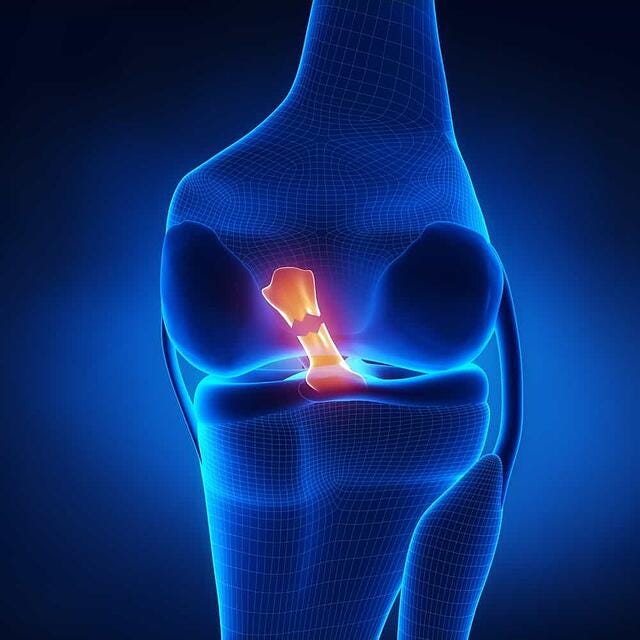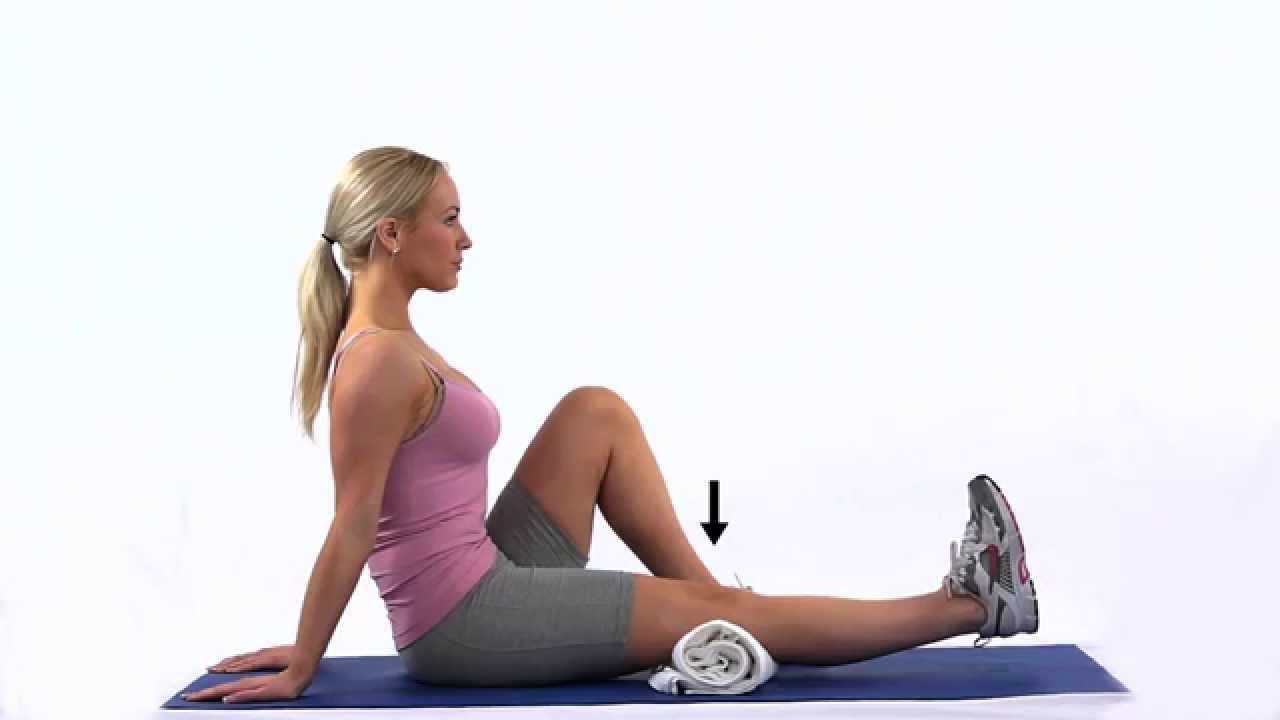
Strength training is an integral component to ACL rehab, as it enhances the stability of the joint, as well as resistance to fatigue. What is unclear, however, is when strength training (i.e., >80% 1 repetition maximum) can be implemented (Augustsson, 2013). Augustsson (2013) noted that physical therapists generally begin strength training 5-6 months post-surgery. As the research provided from Augustsson (2013) is predicated on athletic populations, one must also consider that athletes are often cleared to return to sporting activity 6-8 months post-surgery. Such a time frame provides little room to intervene with a strength training modality. Thus, exercise choice is paramount.

Two styles of exercise commonly implemented in strength training and rehab include open kinetic chain (OKC) and closed kinetic chain (CKC) exercise. Dolan (2010) noted that OKC exercises produce higher force output compared to CKC; the stronger the quadriceps, the more resilient the ACL becomes to anterior tibial translation. Thus, it is reasonable to implement the type of exercise (OKC) that yields the highest force output in the shortest time possible. However, what must also be considered is transfer to activities of daily living, work, and sport.

Humans plant their feet (CKC) to jump, land, and change direction. Additionally, the feet contain proprioceptors, which inform the nervous system and brain to control hip and knee motions. The sensorimotor system uses the central nervous system (CNS) and peripheral nervous system (PNS) to gather information (i.e., afferent pathway), commonly known as proprioception (Page et al., 2010). Page et al. (2010) noted that proprioception from the foot provides several benefits: afferent input from the sole of the foot affects postural awareness, while lower limb afferents provide substantial information to maintain uprightstance, perceive postural sway, and improve movement discrimination (Page et al., 2010). Such qualities are essentially absent during exercises such as knee extensions (OKC).
In conclusion, it would seem reasonable to begin with OKC exercises. However, one must be cognizant that the body operates as a complex, yet harmonized, set of systems working together to produce motion (and survive). Such awareness necessitates that the exercise professional/clinician, when indicated and appropriate, fuse isolated motions (OKC) with larger, more robust exercises (CKC) that acknowledge, and integrate, multiple systems in the body in a meaningful and transferable fashion.
References
Augustsson, J. (2013). Documentation of strength training for research purposes after ACL reconstruction. Knee Surgery, Sports Traumatology, Arthroscopy. 21(8), 1849-1855.
Dolan, M. (2010). Open kinetic chain versus closed kinetic chain exercises after ACL injury. Athletic Therapy Today. 15(3). 8-10.
Page, P., Lardner, R., & Frank, C. (2010). Assessment and treatment of muscle imbalances: The Janda approach. Champaign, IL: Human Kinetics.
-Michael McIsaac
